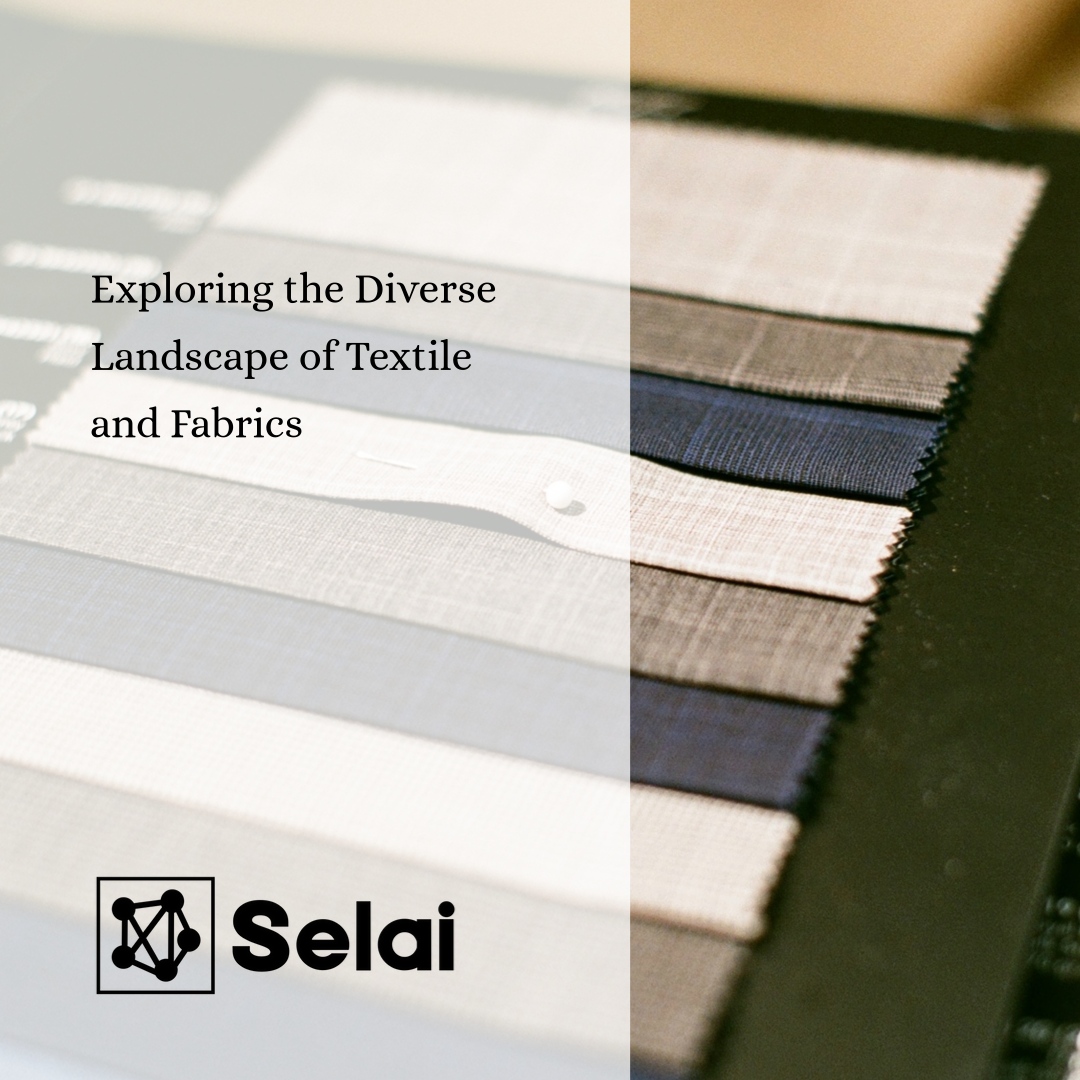
Textiles have been an integral part of human civilization for centuries, serving as both utilitarian and artistic expressions of culture. From clothing to interior décor, textiles play a crucial role in our lives, offering comfort, functionality, and aesthetic appeal. This article delves into the vast world of textile products, exploring their various types and subcategories that cater to different needs and preferences.
1. Apparel Textiles:
Apparel textiles encompass a wide range of fabrics used for clothing. They are designed to provide comfort, style, and protection while reflecting the wearer’s personality and culture. Within this category, there are several subcategories:
– Cotton Fabrics:
Cotton, known for its breathability and softness, is a staple in the textile industry.
Subcategories include:
Denim: A sturdy cotton twill fabric, often associated with jeans.
Poplin: Lightweight, plain weave cotton used in shirts and dresses.
Percale: Known for its smooth and crisp feel, often used for bed linens.
Flannel: A warm, brushed cotton fabric ideal for winter clothing.
– Synthetic Fabrics:
These man-made materials offer durability and diverse properties.
Polyester: Resistant to wrinkles and shrinking, commonly used in activewear.
Nylon: Strong and lightweight, used in hosiery, sportswear, and raincoats.
Spandex: Elastic and stretchable, used to add flexibility to various garments.
Microfiber: Known for its moisture-wicking and quick-drying properties.
– Wool and Animal Fibers:
Known for their warmth and insulation properties.
Merino Wool: Soft and fine wool often used in premium clothing.
Cashmere: Luxurious wool derived from cashmere goats, prized for its softness.
Tweed: A rough, textured wool often used in suits and outerwear.
– Silk:
Naturally derived from silkworms, it’s known for its lustrous appearance and smooth texture.
Chiffon: A delicate, sheer fabric used in evening wear and scarves.
Satin: Known for its shiny surface and often used in formal attire.
Taffeta: A crisp, smooth fabric used for wedding gowns and evening dresses.
2. Home Textiles:
Home textiles encompass a variety of fabrics used in interior decoration and functional household items. Subcategories include:
– Bed Linens:
These textiles provide comfort and style for beds.
Bed Sheets: Available in various materials like cotton, linen, and microfiber.
Duvet Covers: Protective layers for duvets, often used to change bedroom aesthetics.
– Towels and Bathrobes:
Soft and absorbent textiles for personal care.
Bath Towels: Ranging from standard cotton to luxury options like Egyptian cotton.
Bathrobes: Made from materials like terry cloth, providing warmth after baths.
– Curtains and Drapes:
These textiles serve both decorative and functional purposes.
Sheer Curtains: Lightweight and semi-transparent, allowing light diffusion.
Blackout Curtains: Thicker materials designed to block out light and provide privacy.
3. Technical Textiles:
Technical textiles are engineered for specific functionalities beyond traditional clothing and décor. Subcategories include:
– Geotextiles:
Used in construction and civil engineering for soil stabilization and erosion control.
– Medical Textiles:
Textiles used in healthcare for wound dressing, surgical gowns, and implants.
– Automotive Textiles:
Materials used in vehicles, such as seat covers and airbags.
– Protective Textiles:
Fabrics designed for protection against fire, chemicals, and other hazards.
4. Fashion Accessories:
These textiles enhance personal style and complement outfits. Subcategories include:
– Scarves and Shawls:
Used for warmth, fashion, and cultural expression.
– Ties and Bowties:
Formal accessories often made from silk or polyester blends.
– Handbags and Purses:
Fashionable and functional accessories made from various materials.
5. Sports and Outdoor Textiles:
Designed to withstand outdoor conditions and enhance performance. Subcategories include:
– Athletic Apparel:
Moisture-wicking fabrics used in sportswear for enhanced comfort during physical activities.
– Outdoor Gear:
Textiles used in tents, sleeping bags, and backpacks for durability and weather resistance.
6. Textile Art and Craft:
Used for creative expression and cultural significance. Subcategories include:
– Embroidery Fabrics:
Textiles with intricate designs created using needle and thread.
– Quilting Fabrics:
Used in patchwork quilts, often featuring diverse patterns and colors.
– Batik and Tie-Dye Fabrics:
Hand-dyed textiles with unique patterns, often associated with cultural traditions.
From the clothes we wear to the environments we live in, textiles influence various aspects of our lives. The array of textile products and their subcategories cater to an astonishing variety of needs, reflecting the innovation and creativity of the textile industry. As technology and design continue to evolve, the world of textiles remains as vibrant and essential as ever.
